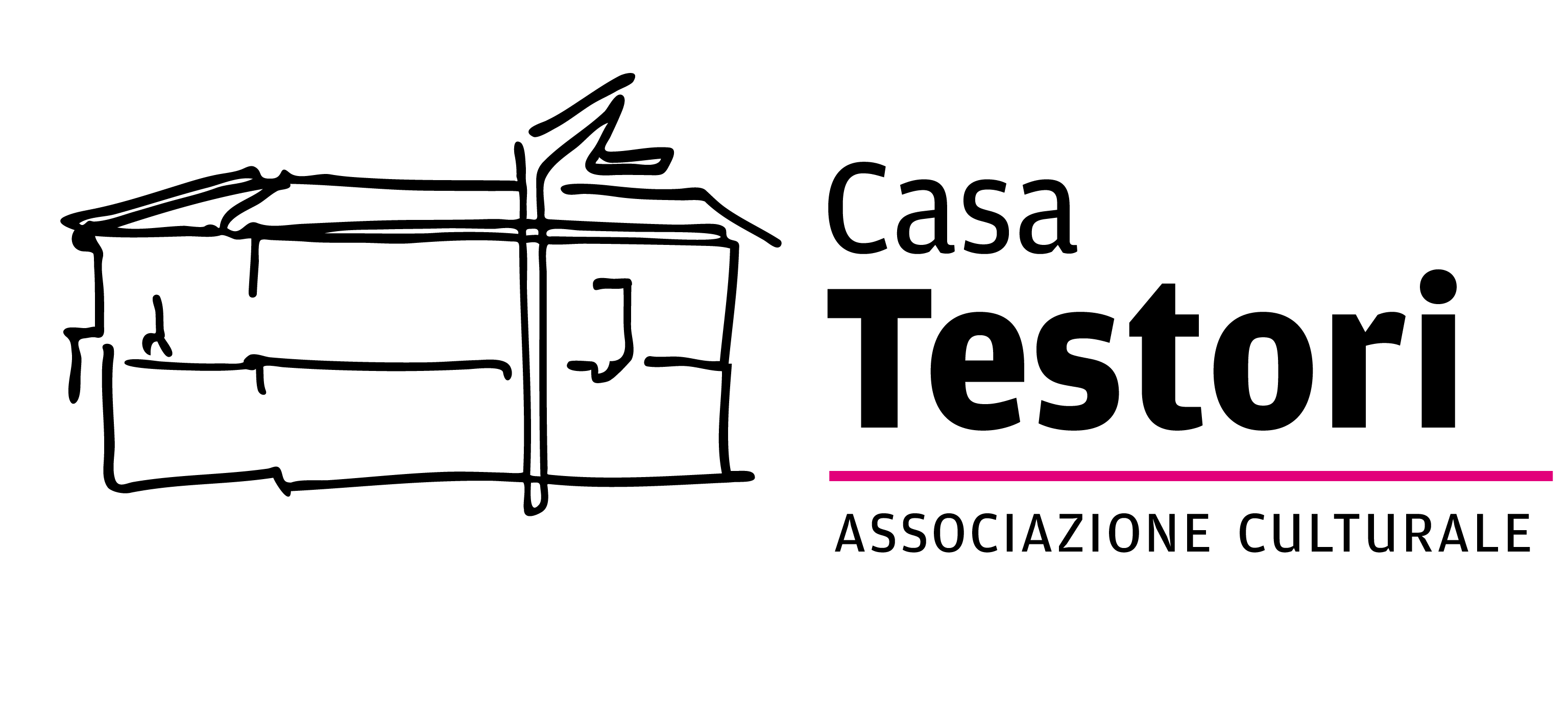Klaus Karl Mehrkens, UKIYO-E
Room 17
In order not to miss the target when crossing the river, one calculates the distance and the current, arriving at the expected point (Leonardo da Vinci).
Or you start off by letting the current deviate and you land who knows where (Huckleberry Finn). I like Huck better.
Studying, thanks to a Slovenian mathematician, Japanese prints from the “Edo” period (capital of the East under the Tukugawa Shoguns 1603-1867, now Tokyo), and fresh from my experience as an engraver, I set off towards the unknown by painting, drawing, often washing canvas or paper. Freeing the precious bodies from the splendid kimono-armour (so similar to the crinoline of poor Infanta Margherita), transforming it into colour, ornament… Ukiyo-e (image of the floating world). Bushi (warriors) also from the theatre, geishas also male, housewives, children, dogs and cats appear.
Time flows but is delayed. Memento mori!
Klaus Karl Mehrkens
If I write reason and heart, it is because Mehrkens has built his painting on these very cornerstones, on these two pillars of human existence. And this from the very beginning. When it was much more difficult for him, and for everyone else, to leave the fires and cries of expressiveness unbridled, or very unbridled, in favour of a need, which in Mehrkens was immediately extreme and total; the need to construct expression; to make it architecture, light and blessing, instead of sneer, fire and curse.
Giovanni Testori
Klaus Mehrkens was born in Bremen (Germany) in 1955. He lives and works in Spello (PG).
Posted on: 13 December 2021, by : Alessandro Ulleri







